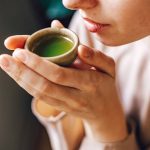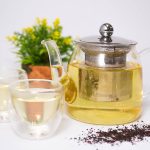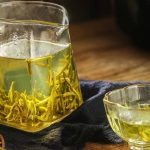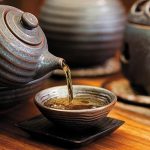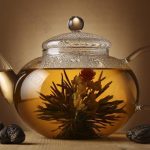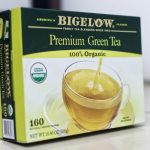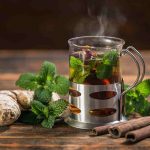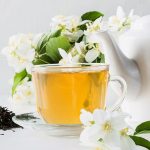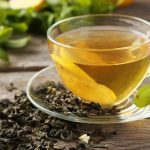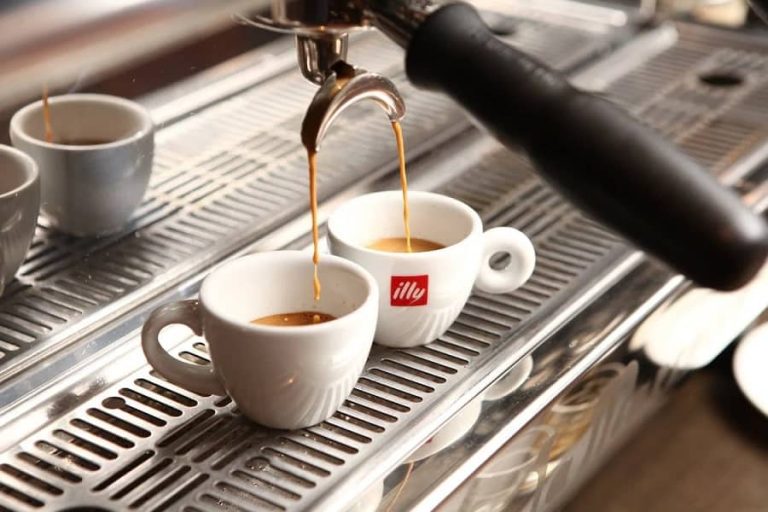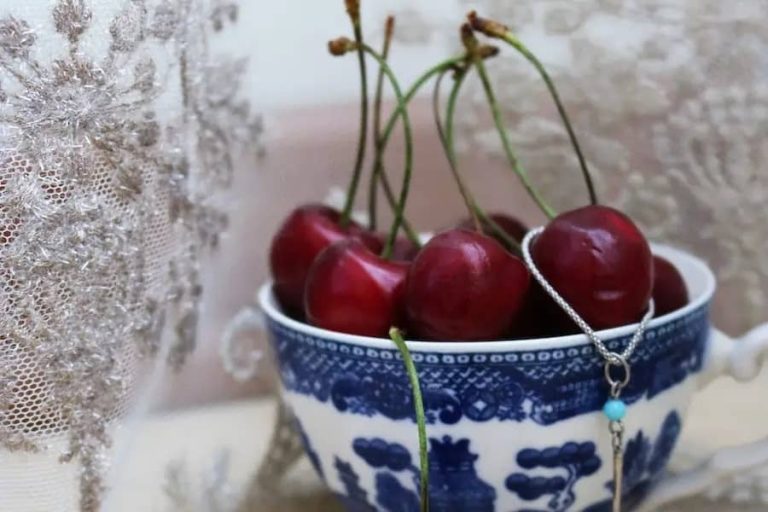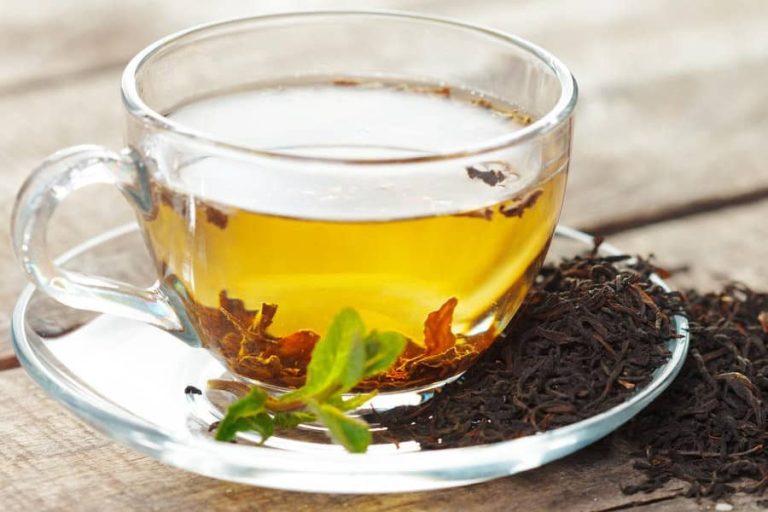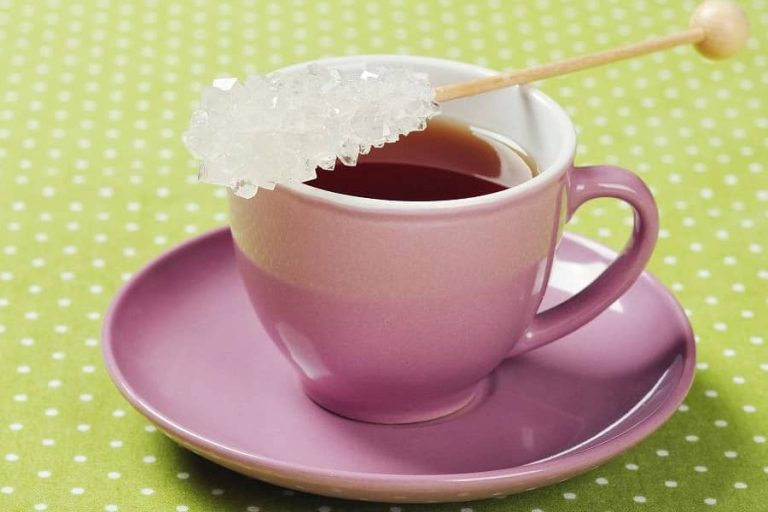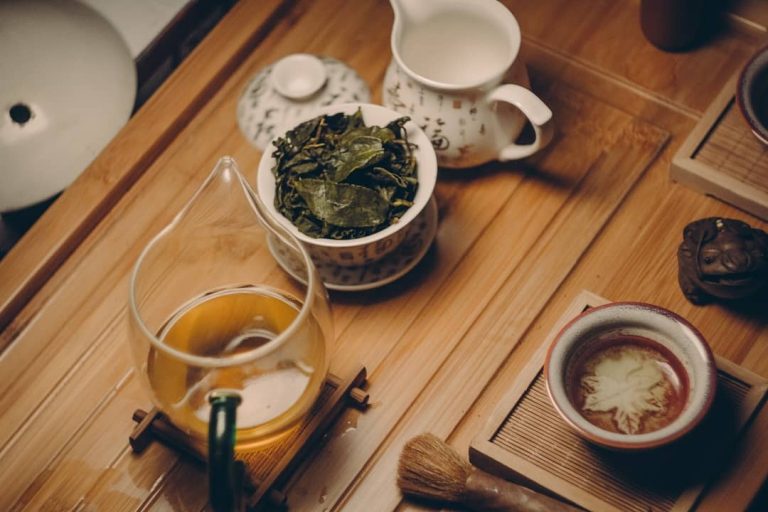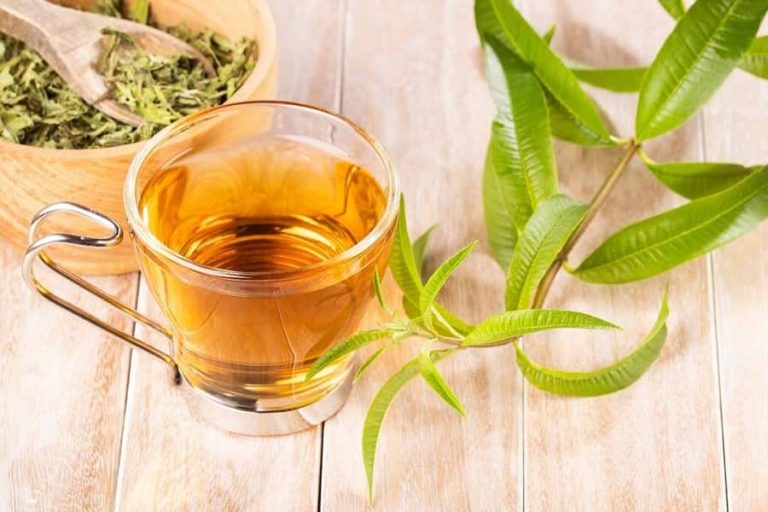Green Tea Brewing Temperature: Unlocking the Perfect Flavor and Health Benefits
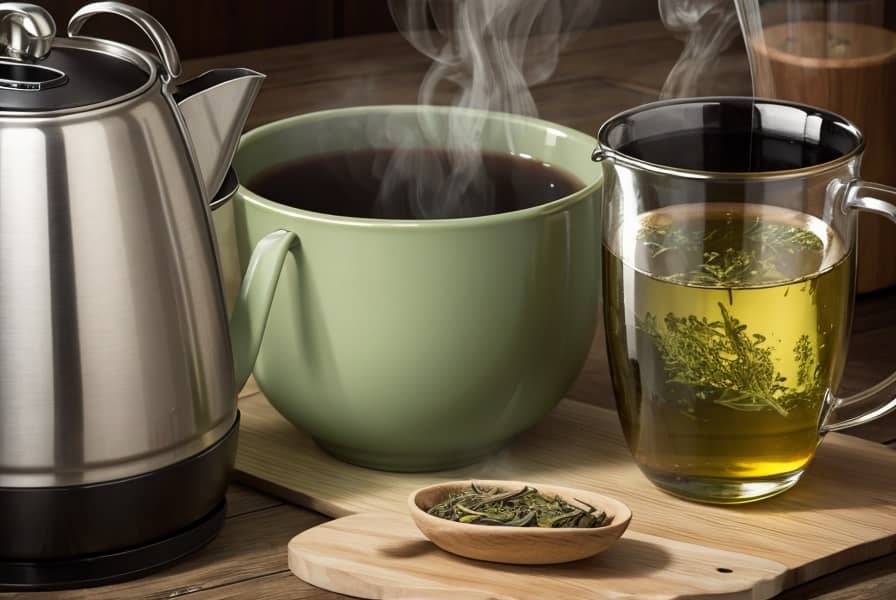
Green tea has gained immense popularity worldwide due to its unique flavor and potential health benefits. However, many tea enthusiasts may not be aware that brewing temperature plays a crucial role in unlocking the perfect flavor and maximizing the health benefits of this beloved beverage. In this article, we will delve into the significance of brewing temperature for green tea and provide insights on achieving the optimal brew.
Before we dive into the details, let’s first understand the different types of green tea and their characteristics. Sencha, Matcha, Gyokuro, and Dragonwell are among the most common varieties, each offering its own distinct flavor profile and brewing requirements. The health benefits associated with green tea consumption include its antioxidant properties, potential weight management benefits, and overall contribution to well-being. However, it’s important to note that brewing temperature can significantly influence the extraction of beneficial compounds and impact the overall health benefits of green tea.
To achieve the perfect green tea brew, it is essential to consider the appropriate brewing temperature. Different temperature ranges subtly alter the flavor, aroma, and nutrient composition of the brewed tea. Generally, lower temperatures between 65°C and 75°C (149°F-167°F) are recommended for delicate green teas like Gyokuro or high-quality Sencha. Medium temperatures ranging from 75°C to 85°C (167°F-185°F) suit most green teas, including common Sencha and Dragonwell. Higher temperatures around 85°C to 95°C (185°F-203°F) are suitable for bolder and more robust green teas, such as Matcha.
For Sencha, the ideal brewing temperature is around 70°C to 75°C (158°F-167°F). This range helps achieve a balanced flavor with a refreshing and slightly grassy taste. Gyokuro, which boasts a sweet and mellow flavor, requires an even lower temperature of about 50°C to 60°C (122°F-140°F). Dragonwell, known for its chestnut-like flavor and delicate aroma, can be brewed at a medium temperature of 75°C to 80°C (167°F-176°F). Lastly, Matcha, a powdered green tea, should be whisked with water heated to approximately 80°C to 85°C (176°F-185°F) to obtain its rich and frothy consistency.
When selecting the ideal brewing temperature, several factors should be considered. Personal preference plays a significant role, as some individuals prefer lighter or stronger flavors. Additionally, the quality of the tea leaves will influence the brewing temperature, with higher-quality teas often requiring lower temperatures to bring out their nuanced flavors. It’s also worth experimenting with different temperatures to find the optimal balance that suits individual taste preferences.
To achieve the perfect green tea brew, certain equipment is essential. A kettle or pot, thermometer, teapot or infuser, and timer are recommended. Precise temperature control is crucial, so using high-quality equipment ensures accurate measurements throughout the brewing process.
Here’s a step-by-step guide to brewing green tea at the optimal temperature:
- Begin by heating fresh, filtered water to the recommended temperature based on the type of green tea you are brewing.
- Preheat your teapot or infuser by rinsing it with hot water.
- Add the appropriate amount of green tea leaves to your teapot or infuser. As a general guideline, use one teaspoon of tea leaves per cup of water.
- Pour the heated water over the tea leaves and cover the teapot or infuser.
- Steep the tea for the recommended time, usually between 1 to 3 minutes, depending on the type of green tea and personal preference.
- Once the desired steeping time has elapsed, strain the tea leaves and pour the brewed tea into your cup.
- Enjoy your perfectly brewed green tea.
To enhance the brewing experience and flavor of green tea, here are some additional tips:
- Use fresh, filtered water to avoid any impurities that may affect the taste.
- Preheat your teapot or infuser to maintain a consistent temperature during brewing.
- Adjust the steeping time based on personal preference. Longer steeping times result in stronger flavors, while shorter times yield milder brews.
- Take note of any specific brewing instructions provided by the tea manufacturer for optimal results.
While striving for the perfect cup of green tea, it’s important to be aware of common mistakes that can negatively impact the flavor and nutrients. Using boiling water can result in bitter tea, while steeping for too long may extract excess tannins, making the tea astringent. It’s also essential to follow proper water-to-tea ratios to avoid overpowering or diluting the flavors.
In case you encounter brewing errors, here are some troubleshooting tips:
- If the tea turns out bitter, try using slightly cooler water or reducing the steeping time.
- For overly strong brews, you can dilute the tea with hot water or adjust the ratio of tea leaves to water in your next brew.
In conclusion, brewing temperature is a crucial factor in unlocking the perfect flavor and maximizing the health benefits of green tea. By understanding the ideal brewing temperatures for different types of green tea and following proper brewing techniques, you can elevate your tea-drinking experience. Embrace the art of green tea brewing, experiment with different temperatures, and discover your own preferred techniques to enjoy the delightful flavors and potential health-enhancing properties of this beloved beverage.

